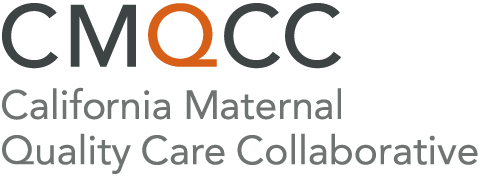Venous Thromboembolism (VTE) is the formation of a blood clot in a deep vein, also referred to as deep vein thrombosis (DVT), and includes a very serious complication, pulmonary embolism (PE). Pregnancy-related venous thromboembolism (VTE), is one of the leading causes of maternal morbidity and mortality, accounting for 9% of all maternal deaths in the United States and in California.
Findings from the 2002-2007 CA-PAMR data show that VTE accounted for 9% (n=29) of all maternal deaths, with an overall pregnancy related mortality risk of 0.9 maternal deaths per 100,000 live births. Nearly all of these deaths (97%) had at least some chance of preventability and more than half of them (52%) had a good-to-strong chance.
- Another review of maternal deaths found that pulmonary thromboembolism was the single cause of death most amenable to reduction by systematic change in practice, and thromboprophylaxis is the most readily implementable means of reducing the maternal death rate. These strategies for preventing VTE require minimal resources and are easy to implement, therefore it has become one of the key national patient safety bundles.
- The National Partnership for Maternal Safety recommends that all maternity patients should undergo VTE risk assessment as an outpatient at the first prenatal visit and when hospitalized, on admission and/or after delivery. Prevention of VTE is a critical element in the reduction of postoperative complications after c-sections. Early ambulation, use of non-pharmacologic interventions such as antithrombotic compression stockings and sequential compression devices are examples of tools used in prevention.
To address these issues, CMQCC together with the California Department of Public Health: Maternal, Child and Adolescent Health Division published the Improving Health Care Response to Maternal Venous Thromboembolism in 2018.
The toolkit is available to download in the “Resources” section of our website:
